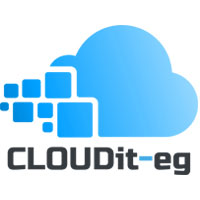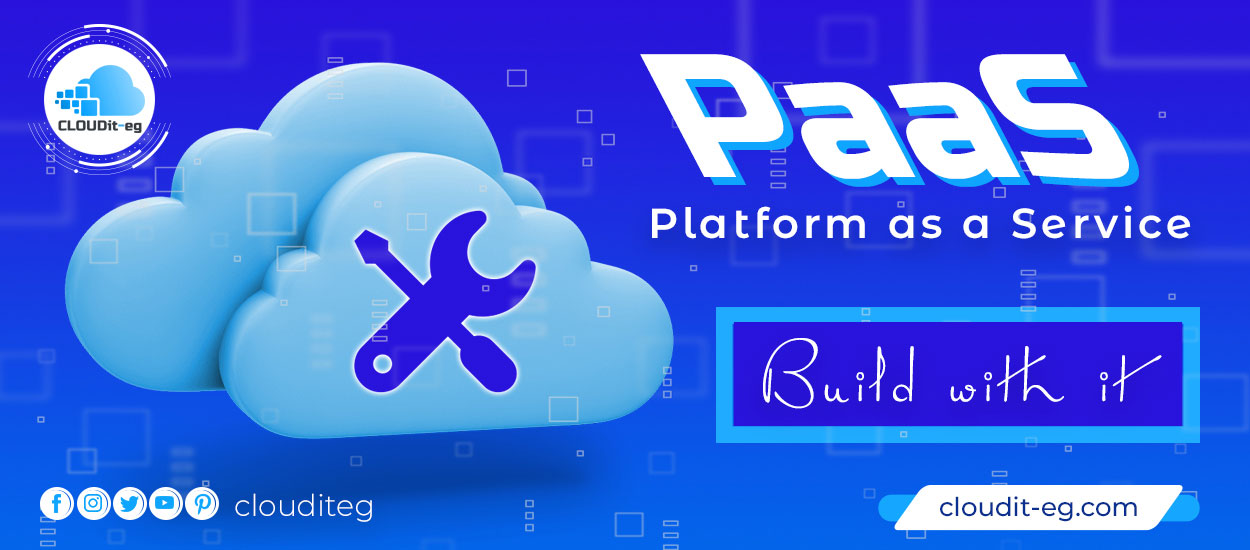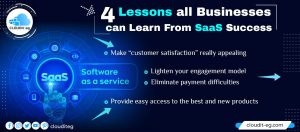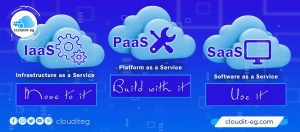Hosted computing model, offers of the “platform on-demand” – or PaaS (“Platform as a Service”) type offer, via the Internet, services which make it possible to consume resources (middleware, DBMS, EDI, etc.) on a pay-per-use basis. These are generally tools required for application development.
The PaaS provider, therefore, hosts the hardware and lower software layers (OS, etc.) on its own infrastructure.
Result:
Platform as a Service model frees the IT user from the constraints associated with the on-site installation of the hardware and various resources necessary for the development and execution of an application.
Let’s take an example:
to deploy a business tool internally, the IT team will typically have to buy and install hardware (servers), operating systems, intermediate “middleware” resources (such as databases, etc.), and a license for the application itself.
It will then need to build security and support user access, then integrate the application with existing performance monitoring (APM) or system administration tools. What is more, it will have to guarantee the long-term functioning of all these resources over time.
In the case of deployment on a Platform as a Service, it is the supplier who will take charge of all of these layers underlying the business solution.
Most PaaS platforms are software development-oriented.
They have several advantages for developers:
They allow them, for example,
- To quickly modify or update test environments,
- They facilitate collaboration with several people on the same code,
- Centralized and always up to date with the latest modifications.
PaaS strategy
In general, the PaaS strategy does not replace all internal resources of the company. This will rather be based on a Platform as a Service for certain tests or for key services,
Such as, the hosting of applications that must remain available continuously or whose consumption of material resources varies greatly over time (e-commerce site or back-in mobile for example).
Users access a PaaS resource through a browser and a web console. PaaS providers charge for this access “as you go”. Some Platform as a Service charge a monthly flat rate for access to the platform and the applications it hosts. Others with the resources actually consumed (size of the hosted application, number of registered developers, etc.). It is therefore important to examine the pricing, the availability of the service, and the support guaranteed by the PaaS provider, before using its services.
PaaS environment
In a PaaS environment, vendor dependency can be a problem. The user in fact relies on the infrastructure, runtimes, and middleware of the said supplier.
Other risks associated with the PaaS environment, the always possible change of strategy of a market player. If a supplier ceases to support a programming language, the IT user may be forced to change programming language … or provider. Two radical options, often difficult to manage.
PaaS providers
Among the PaaS providers are Microsoft with Microsoft Azure (formerly Windows Azure), Google with Google App Engine, Amazon with Amazon Web Services (Elastic Beanstalk, DynamoDB), or Salesforce.com – known for its CRM (Customer Relationship Management) in SaaS mode – but which also offers PaaS with Force.com and Heroku. We can also mention Appear IQ, Mendix, or even Oracle, IBM (BlueMix), SAP, and Hitachi (RunMyProcess).
The PaaS model is one of the three main categories of cloud computing services. The other two are software on-demand (SaaS) and infrastructure on-demand (IaaS).




